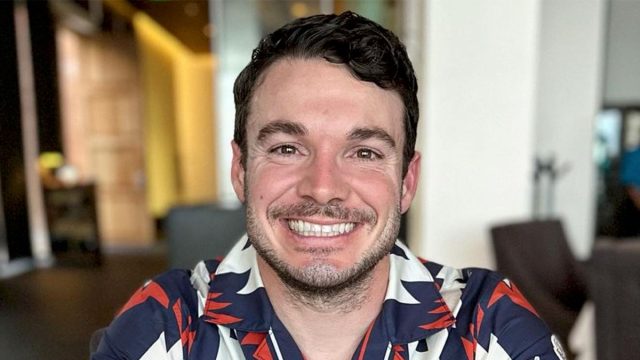This Is How Much Protein You Should Eat Every Day to Lose 10 Pounds in 30 Days
Trainer Ryan Fischer (@ryanpfisch) is a seasoned expert in all things fitness, weight loss, and fat-burning. From cutting weight to building muscle, Fischer knows how to make the process go smoothly, with minimum discomfort, hunger, or stress. "I wanted to make sure that we had at least one video in here where we break down everything about nutrition because nutrition is gonna be the cornerstone of all the results that we get in our fitness journey," he says. Here's how much protein Fischer thinks you should eat every day to lose 10 pounds in 30 days, as well as other essential ways to lose weight and keep it off forever.
How Much Protein?
Fischer talks to a companion at the gym about exactly how much protein someone needs a day to lose 10 pounds in 30 days. "You should be eating your body weight in grams of protein per day," she says. "So, for example, if I weigh 120 pounds, I should eat 120 grams of protein. At least. You should never go over your maintenance calories."
Good Sleep
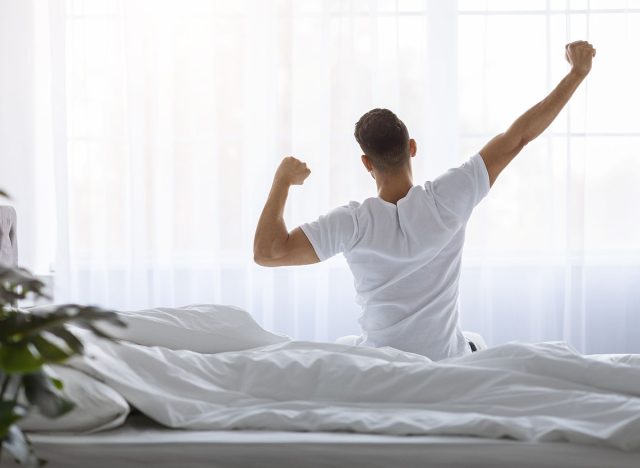
Fischer's friend emphasizes the importance of good sleep for weight loss. "I always recommend getting at least eight hours of sleep every single day. It's actually going to burn a ton of body fat, so stop doing extra cardio early in the morning and get your sleep."
Daily Energy Expenditure (DEE)

Fischer says the first step in losing weight is figuring out what your daily energy expenditure (DEE) is by using an online calculator. "So first and foremost, if you guys do not know your total daily energy expenditure, that is how many calories you need to consume not to lose weight or gain weight, just your basic maintenance calories, right?" he says. "So define your maintenance calories. What you're going to do is get something called your total daily energy expenditure."
Calorie Needs
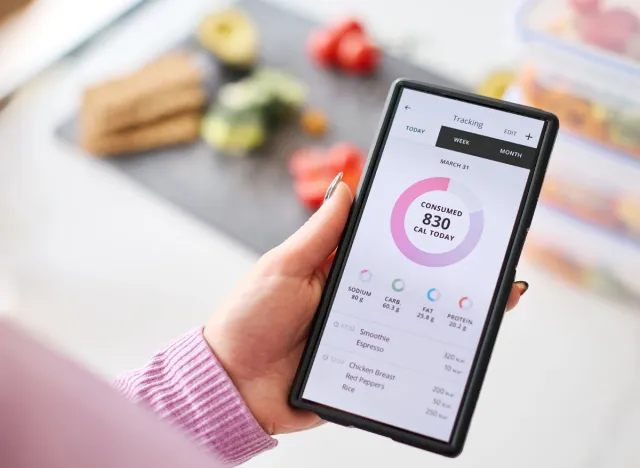
Fischer says once you know what your daily calorie needs are, it's time to make changes. "So let's just say, for example, you get 2,000 calories," he says. "Once you get that 2000 calories, you're gonna have to see what kind of goals you have from here that you want to achieve, whether it's to cut, whether it's to maintain or it's to bulk. 'cause if you're gonna cut, we're gonna have to slash some calories down."
Use An App

Fischer says tracking your food is an integral part of weight loss. "Once we choose that goal, whether it's to cut, maintain, or bulk, we have to break down now the macros, which are fats, proteins, and carbs. And then we have to track it. So, to track your calories, I recommend either the MyFitnessPal app or the Macro Factor app. But here's what I like a lot about these apps: you can input your calories, or you can scan your calories."
Ideal Macro Breakdown
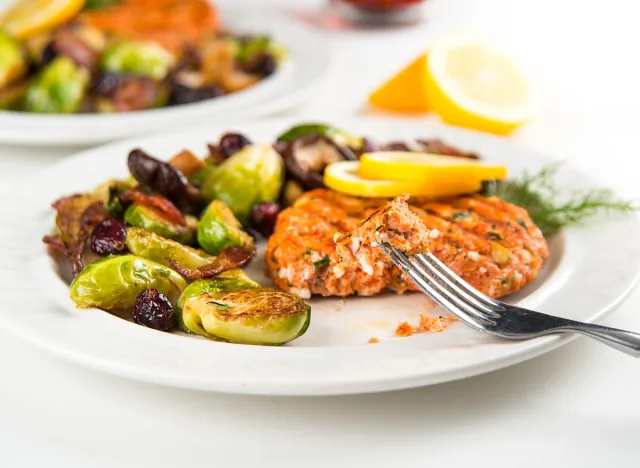
Fischer has a macro breakdown he recommends for weight loss and satiety. "Essentially, if you wanted to cut, I'm a big fan of 40% carbs, 40% protein, and 20% fat," he says. "And what this is going to do is having a higher protein intake; it's going to make you really, really full of the foods that you have. Because when you're cutting, you're going to be in a deficit. You're going to be cutting calories, so you're going to be under your maintenance calories. So when we're under our maintenance calories, we get super hungry."
RELATED: 6 Best Exercises for Burning Fat
Learning Calories

Fischer says after a while, knowing the calorie count of food will become second nature. "After you guys do this for a few weeks, you'll just be able to be in automatic mode," he says. "You'll start looking at things, and you'll be like banana, a hundred calories, apple, 80 calories. You're going to start looking at stuff, and you're going to know exactly how many calories they are right out the gate."
Track Your Food For Two Weeks
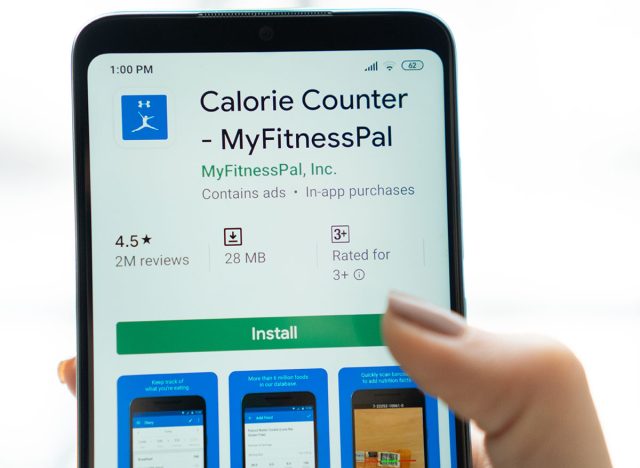
Fischer recommends at least two weeks of tracking to get a solid understanding of how much you eat. "I know some of you guys might be like, well, what if I go out to eat? It's going to be a little bit harder. I definitely recommend not going out to eat just for two weeks. For me, in the worst-case scenario, at least do this Monday through Friday and then Saturday and Sunday if you want to go out to eat. Then, on Monday and Friday for the following week, track it all. So at least get a good 10 days of tracking in out of a 14-day period."
Always Read the Label
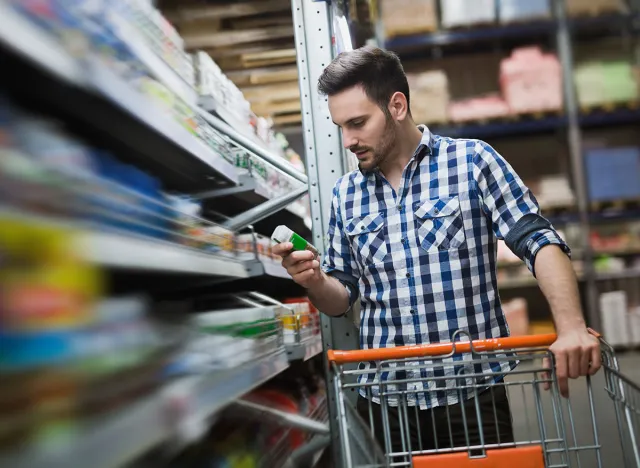
Fischer strongly encourages reading the labels on every single food item you buy. "Even when you go to the grocery store, you're gonna start to look at the back of stuff and be like, whoa, I want to stay away from that for sure," he says. "A lot of sauces, a lot of mayos, and different types of things, you're gonna start to notice they have a lot of fat calories in them."
Calories In Fat
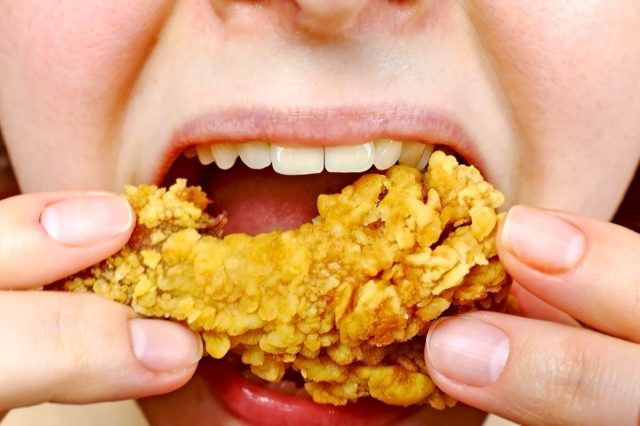
Fischer says to be mindful of the calories in different macronutrients. "As we know here, fat is nine calories per gram, and then protein is four, and carbs are four. So, the more fat you eat, the more you can really start to rack up a lot of calories. It doesn't mean fats are bad; it just means that you can get a lot more calories from fat."
RELATED: I Lost 135 Pounds by Eating More and Walking
Be Smart About Calories

Fischer suggests being smart about how you use your calorie allowance. "If we think about this, if you have a handful of almonds, it doesn't really make you very full," he says. "You don't really feel like I'm good, right? And you're getting a ton of calories. However, if you were to eat four ounces of chicken breast, that's still not even 180 calories, and you'd be way fuller, right? So there's a trade-off there."
Take the Challenge
Fischer recommends taking the two-week tracking challenge and telling your friends for support. "I hope you guys all take the challenge and do a two-week tracking effort," he says. "And if you do, make sure you guys tag me in all of your stuff on Instagram. Make sure you guys put it in the community and let everybody know that you're tracking your stuff and all the stuff that you're learning along the way." And if you enjoyed this article, take advantage of these 15 Quick Ways to Lose Body Fat Percentage in a Week.
